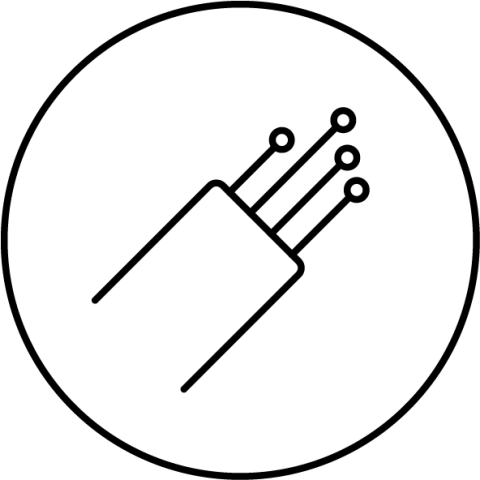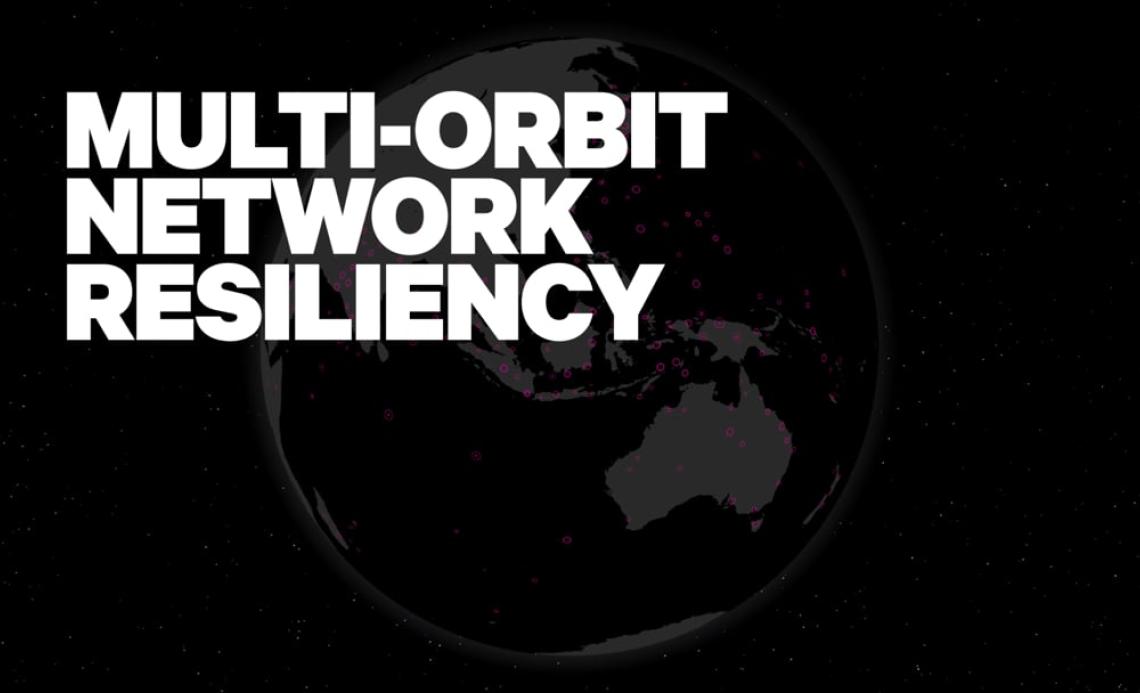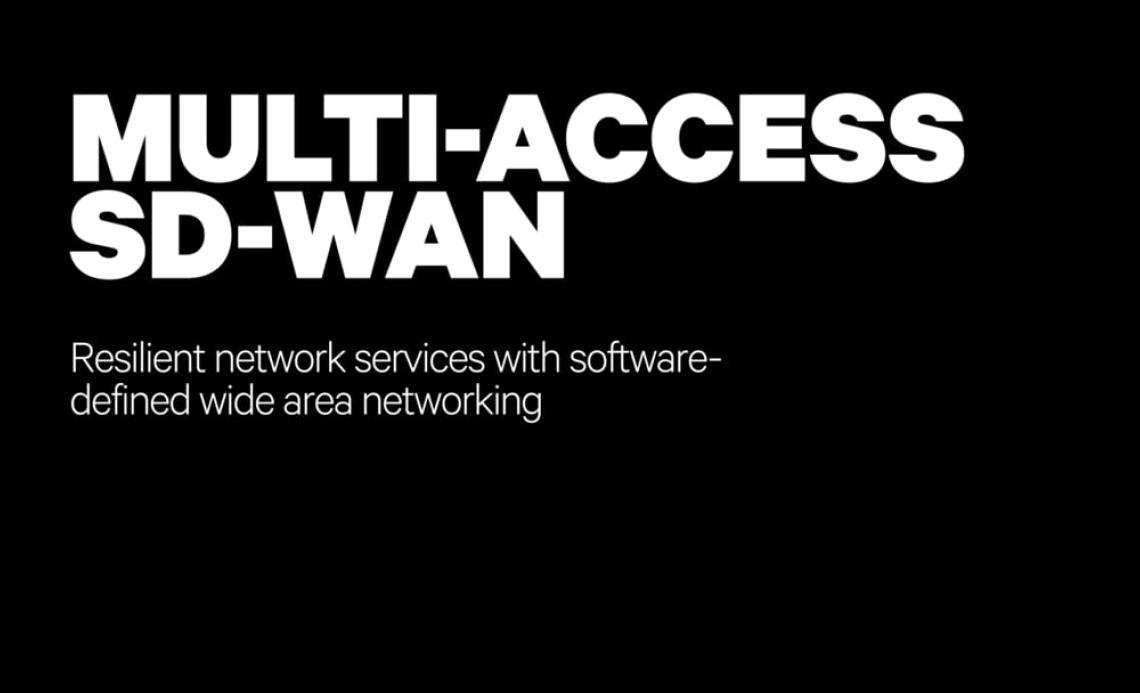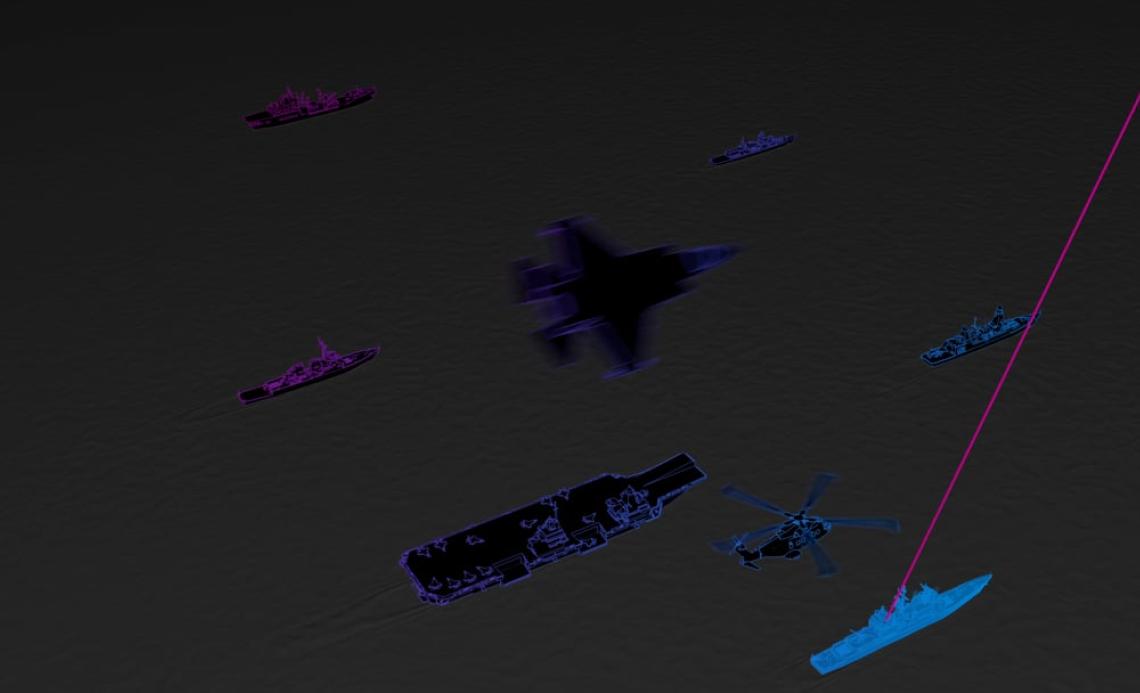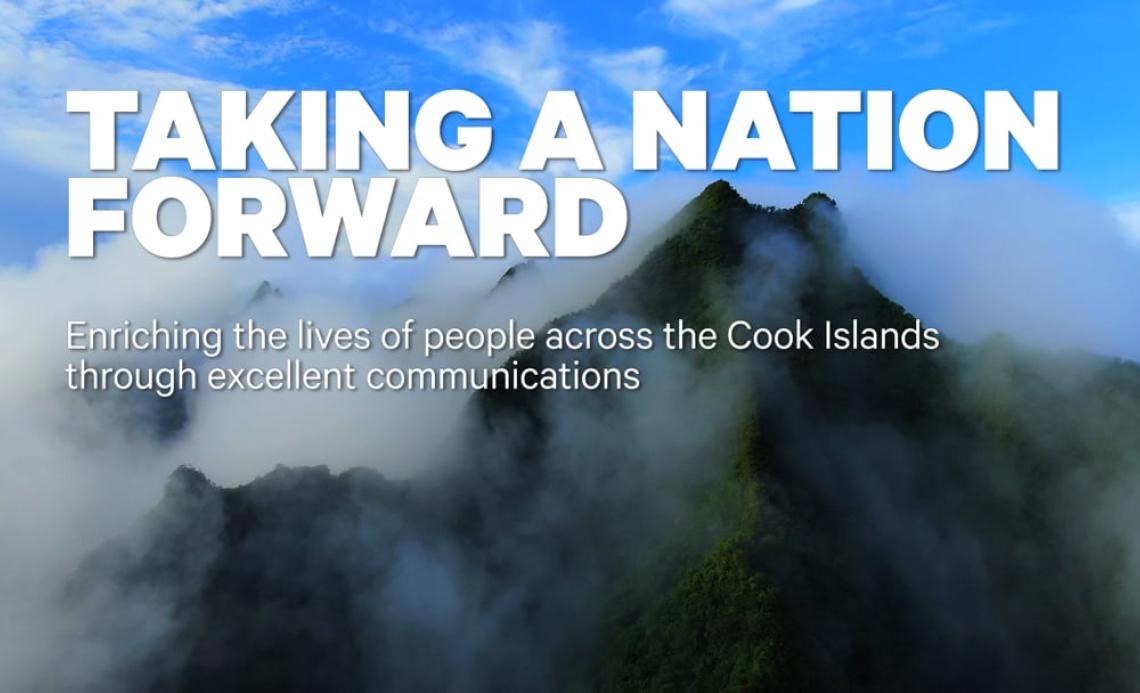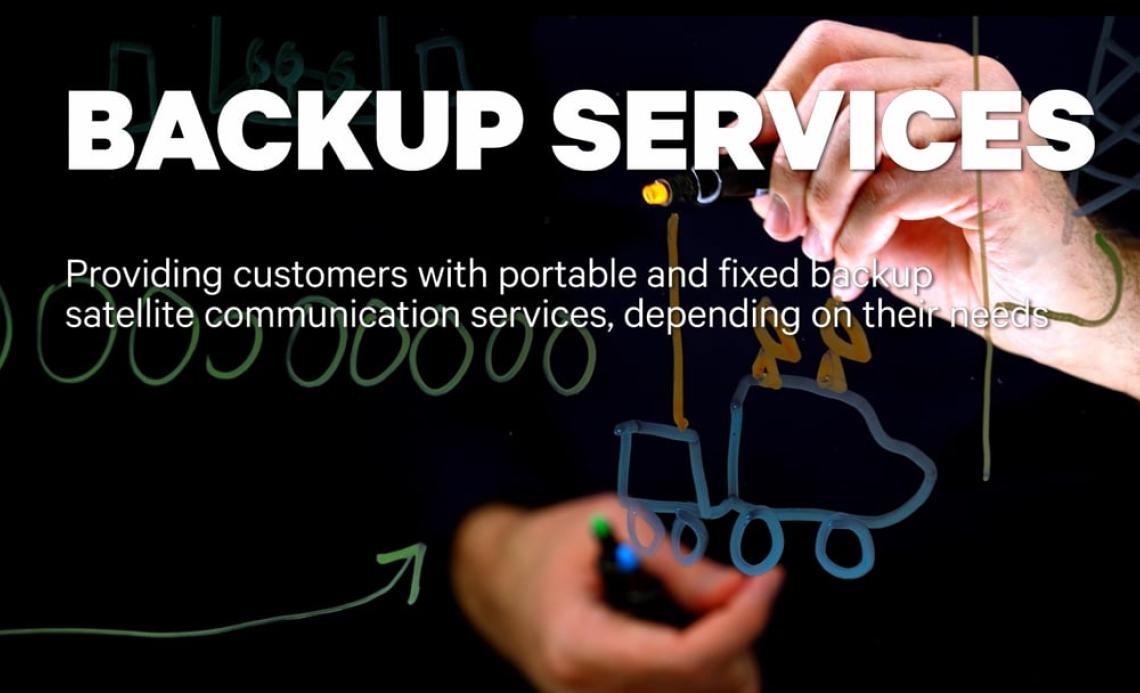
Network Resilience
The world depends on digital technology: for business, for health, for peace.
Connectivity is fundamental for society, and an outage caused by accident, conflict, or natural disaster can destabilise a nation.
Resilience has become the new non-negotiable for communication networks, alongside speed and capacity.
Discover how Satellite has become a backbone of our always-on era.
Repair is not resilience
The consequences of a network outage range from lost business to lost life. Repair isn’t always easy, particularly in a disaster zone or a technically complex location. A severed subsea cable can take weeks to fix, involving specialist vessels and voyage time to fetch spare parts.
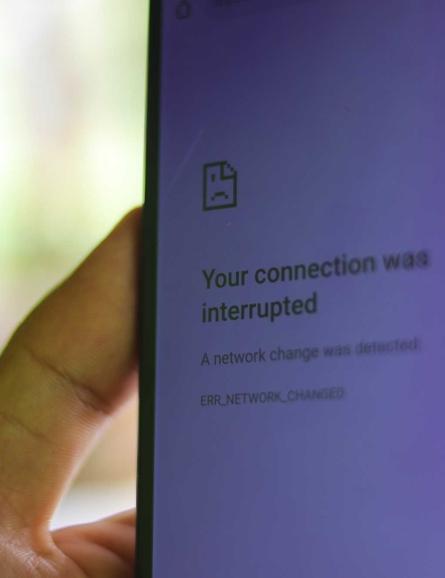
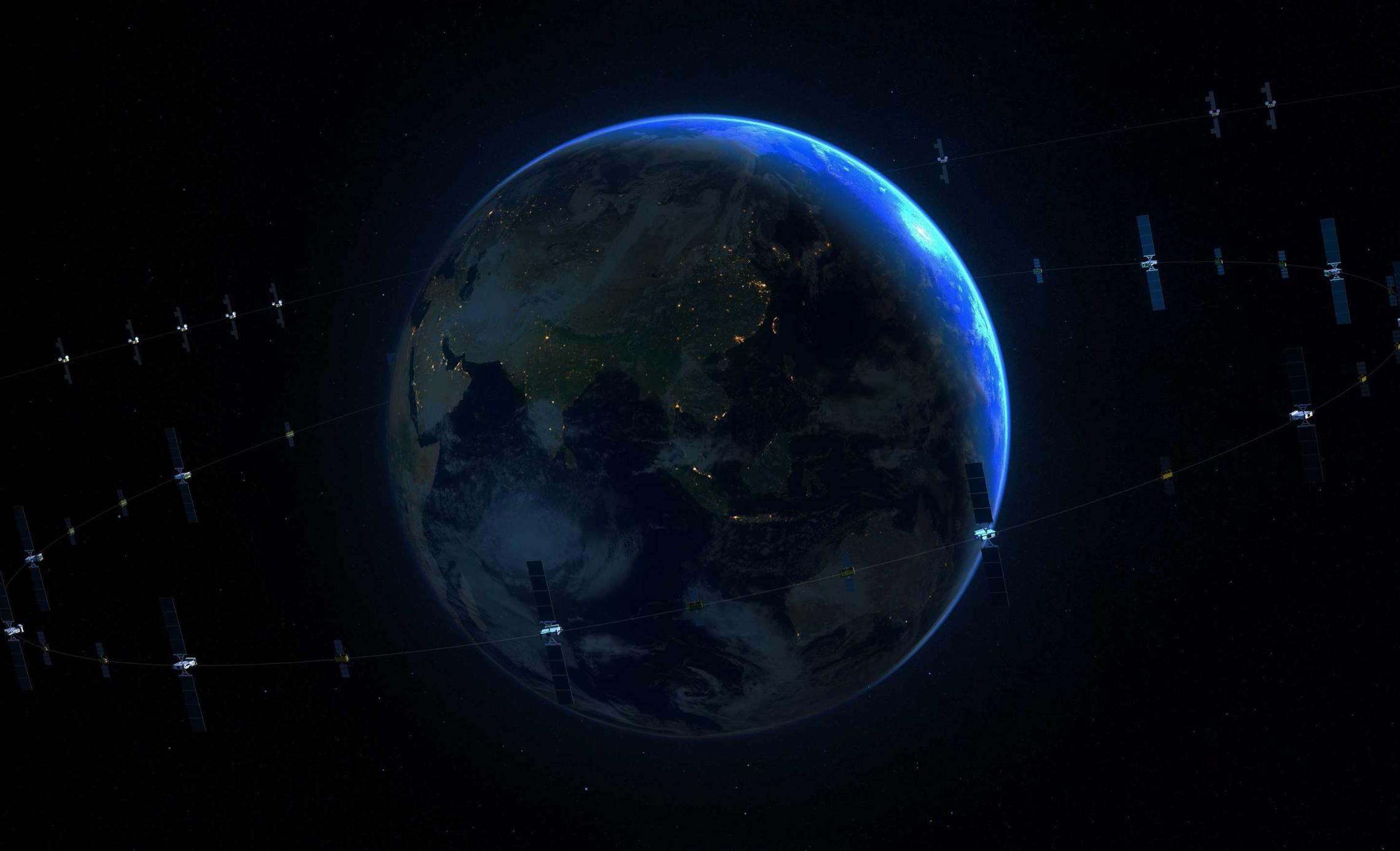
Permanent Satellite Backup
Reputation damage, unhappy customers, financial loss — the stakes are too high for network operators to operate with a single point of failure.
Satellite failover solutions can seamlessly pick up dropped terrestrial links so business and government operations can go uninterrupted.
Resilience means more than 'on' or 'off'
Resilience is not just about backup but performance. It means video meetings that never drop, a financial trade processed in vital milliseconds…
Software-defined wide area network (SD-WAN) systems send traffic on the most efficient path in a combined satellite and terrestrial network. This might mean routing latency-sensitive calls over fibre optic while sending emails and web traffic via satellite. If one link experiences issues, SD-WAN automatically shifts more traffic to the optimal pathway.
Who decides ‘optimal’? With SD-WAN, governments, Telcos, and businesses define what works for their needs at any given time.
Multi-orbit – The key to satellite resilience
Satellite may be failsafe to fibre. Connection is vital to use cases such as military operations or the safe running of a desert oilfield.
Resilience means multiple orbits and frequency bands working together across a single seamless architecture.
O3b mPOWER is the first and only system to achieve this hybrid system resilience*.
* Provision of O3b mPOWER products and gateways are subject to compliance with regulations.
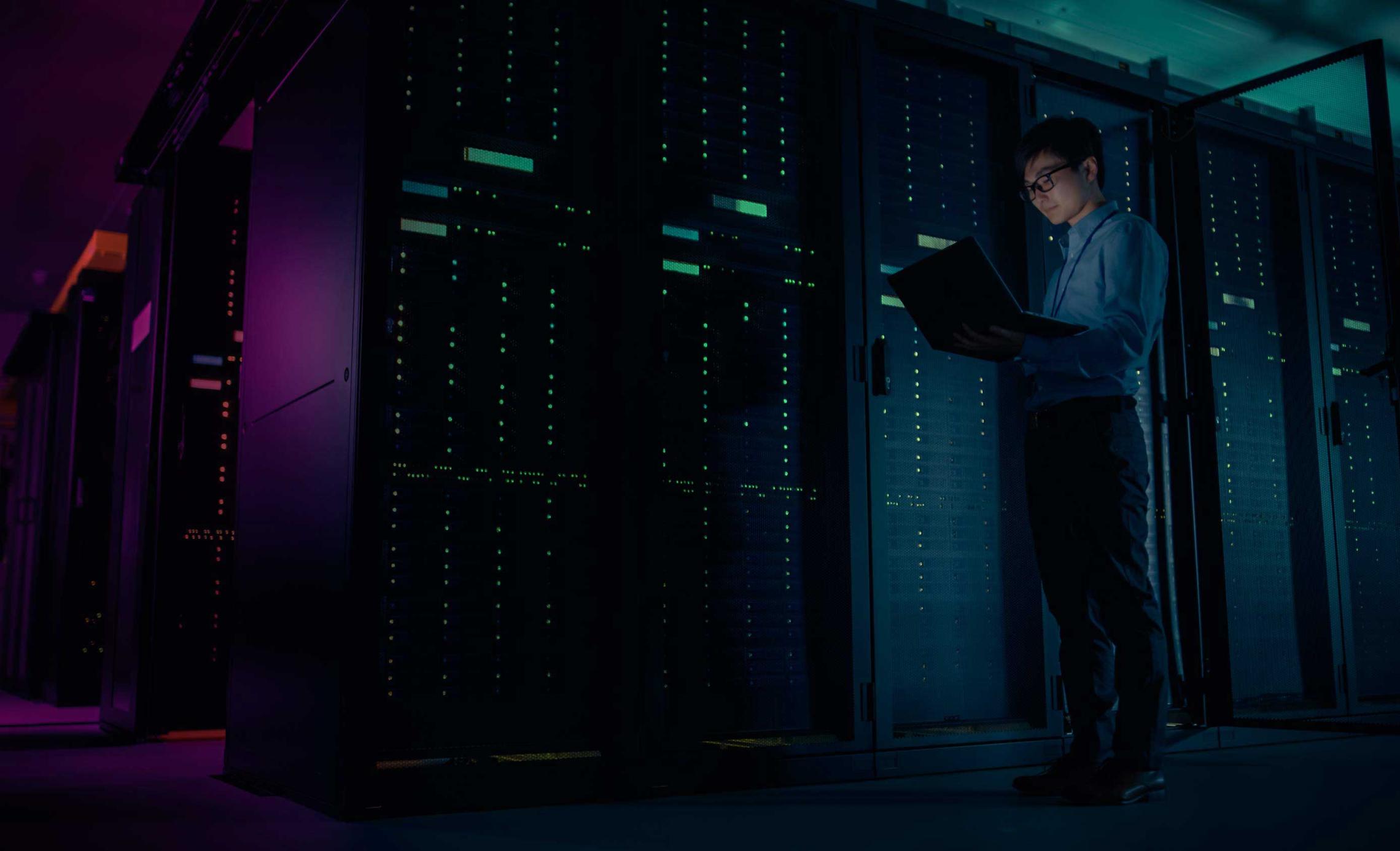
On-demand backup
A natural disaster can bring down communications when they are needed most.
In the critical hours and days following an earthquake or flood, it is essential for first responders and aid workers to coordinate rescue and for families to tell loved ones they are safe.
Both portable and fixed satellite backup services can quickly stand in for damaged infrastructure.
Comms on the Pause (COTP) - Your network delivered
When infrastructure fails – or isn’t there in the first place – Comms on The Pause (COTP) brings the network to you.
COTP sets up portable ground equipment where capacity is needed the most, from disaster zones to temporary events like outdoor music festivals.
It is also a cost-effective way for network operators to test demand for terrestrial infrastructure, for example, by bringing 5G to a 4G area for a trial period.
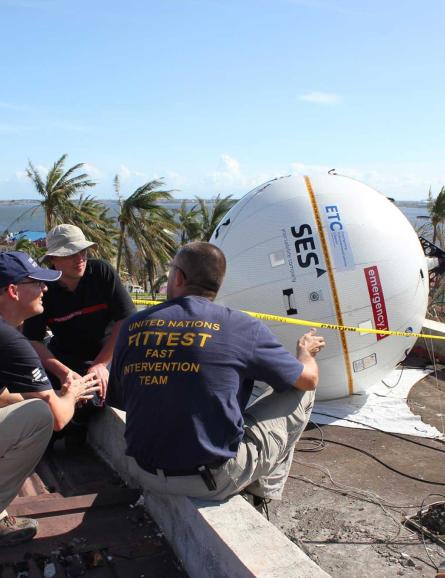
There is no such thing as one-size-fits-all resilience, and customers should not have to pay for services they do not need. SES has developed a model that governments, telcos, and businesses can tailor to their individual needs.

Certainty in an uncertain world
In a fast-changing world, investing in resilient communications is a necessity.
We can’t predict events, but we can do everything in our power to be prepared.


